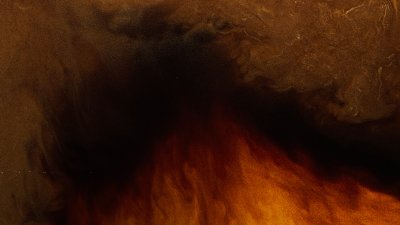
Fluid dynamics
Fluid dynamics is the study of fluid motion (liquids, gases, and plasmas) and the forces exerted by the fluid on its surrounding. Check out our current research projects in fluid dynamics.
Research leads

Professor Tom Bridges
Professor in Geometric Mechanics and Lagrangian Fluid Dynamics

Dr Bin Cheng
Senior Lecturer

Dr Camilla Nobili
Lecturer in Mathematics

Professor Ian Roulstone
Professor in Data Assimilation and Theoretical Fluid Mechanics

Professor Cesare Tronci
Associate Professor
Turbulent convection and mixing of fluids

My means of techniques stemming from the theory of partial differential equations, harmonic analysis, and calculus of variation, led by Camilla Nobili, we aim at rigorously derive scaling laws for physically relevant quantities like heat transport, energy, and mixing degrees in turbulent flows.
Some key-topics are:
- Bounds on Nusselt number in turbulent Rayleigh–Bénard convection and related systems
- Role of boundary conditions and rotation in heat transport enhancement
- Mixing estimates and convergence to the Batchelor scale
- Anomalous dissipation.
Geometric fluid mechanics

Ian Roulstone and collaborators Tom Bridges (Surrey), V Rubtsov (Angers), Martin Wolf (Surrey) exploit ideas and results from contact and K\"ahler geometries in an attempt to understand the ubiquity and topology of vortex motion, and its role in many different fluid flows, from those in the atmosphere and ocean to high Reynolds number Navier-Stokes turbulence. This research agenda is a joint venture with the Fields, Strings, and Geometry (FSG) Group.
Current work is focused on the extraction of topological information from the Navier--Stokes equations, for incompressible flows in two and three spatial dimensions, by studying the geometry of so-called Lagrangian submanifolds. The curvature of these structures encapsulates the relationships between gradients of vorticity and strain. The connection with string theory arises because the Lagrangian submanifolds are embedded in four or six dimensional spaces, typically of K\"ahler or Calabi-Yau type.
This work forms the basis for two PhD projects, one in collaboration with the FSG group (Wolf) and another in collaboration with the School of Mathematics and Physics at Milano-Bicocca, under the auspices of an International Dual Doctorate (Bridges, Ortenzi).